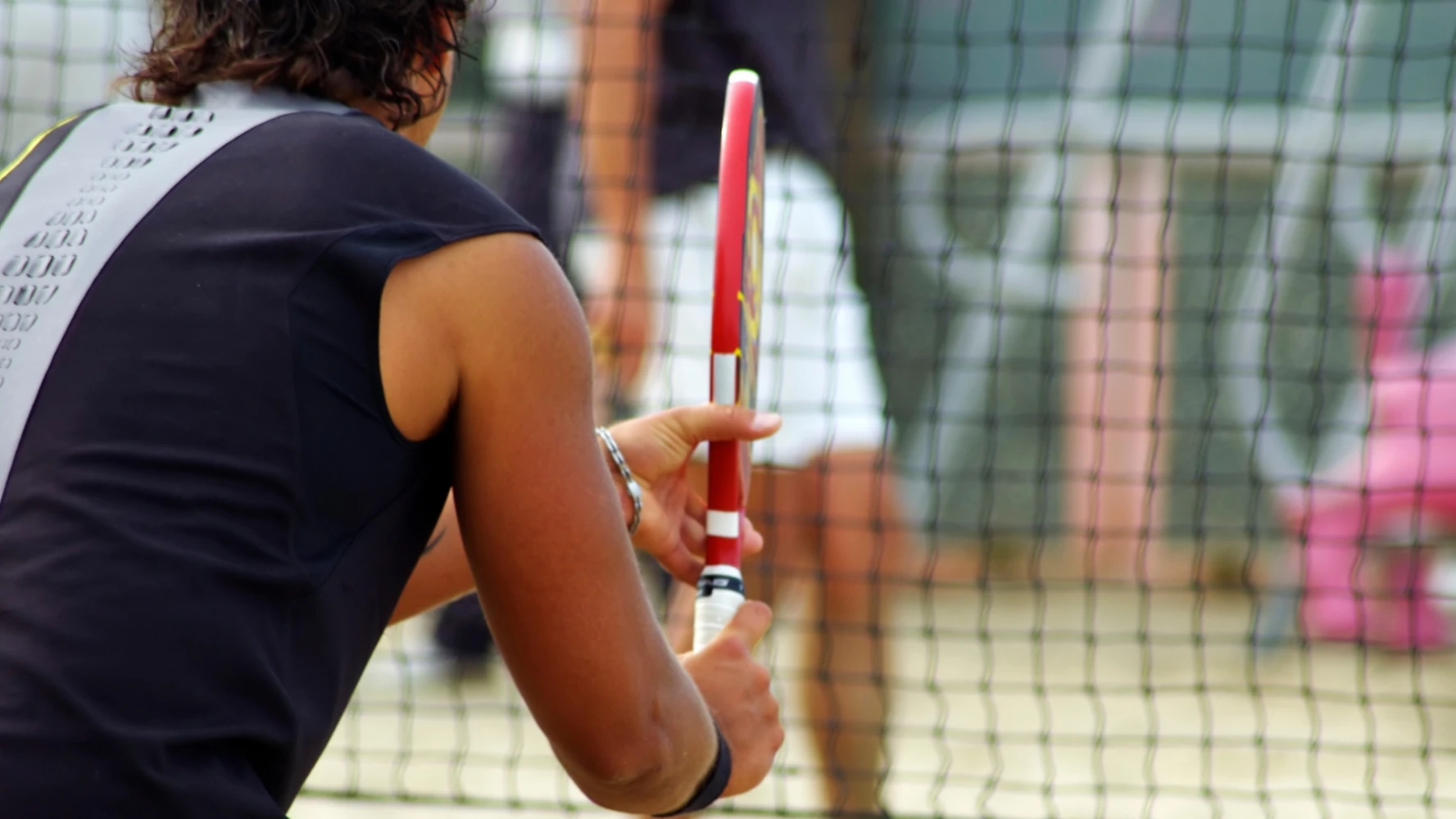The rapid growth of Pickleball is inseparable from the evolution of its equipment. The paddle has gone from a simple piece of wood to a high-tech powerhouse, radically changing the speed, spin, and power of the game.
From Modest Origins to Modern Standards
In the beginning, in 1965, the Pickleball paddle was improvised. This was the era of wood.
The Wood Era (1965-1980): The first paddles were simple plywood boards. They were heavy and rigid, limiting ball speed and promoting a game based solely on placement and finesse. It was a time when brute force had no place.
The Introduction of Composite Materials: As the sport gained popularity, innovators introduced fiberglass and aluminum. These materials allowed for lighter paddles, increasing power without sacrificing maneuverability.
The High-Tech Material Revolution
Today, paddle performance relies on the combination of two key elements: the core and the face.
The Core The core of the paddle is generally made from polymer (polypropylene) or Nomex (a type of aramid).
Polymer Core (Polypropylene Core): This is the current standard. The honeycomb polymer cells are excellent for vibration absorption and improving feel. They offer the best balance between power and control.
Nomex Core: More rigid and dense, this core was one of the first to offer great striking power, but it is often noisier and provides slightly less control.
The Surface (Face) The striking surface is essential for spin generation and feel.
Carbon Fiber: Carbon faces are thin, light, and extremely rigid. They are favored by high-level players because they maximize striking power and allow for maximum spin generation.
Fiberglass: Less expensive and slightly more flexible, fiberglass is known for its excellent "Pop" (the speed at which the ball leaves the paddle) and is ideal for players seeking easy power.
The Race to the Limits and Regulation
Technological innovation has sometimes outpaced regulation, forcing governing bodies to intervene to preserve fairness.
The "Texture and Roughness" Factor: The pursuit of spin led some manufacturers to create extremely rough paddle faces, increasing spin to the point of making certain shots unpredictable. The USAPA (USA Pickleball Association) and the IFP now have strict standards on the maximum roughness rate of the surface to ensure fair play.
Control of Thickness and Swingweight: Thicker paddles with specific weights have been introduced to improve play at the Kitchen line and stability. Regulations now govern the size, weight, and overall stiffness of paddles to prevent equipment from overshadowing skill.
Conclusion: Evolutions Are Not Always Helpful
The evolution of the Pickleball paddle reflects its professionalization. While beginners can still have fun with a simple paddle, competitive players must choose equipment adapted to their playing style: a polymer core for balance and a carbon face for spin and power are the modern game standard. However, this is a clear example where the evolution of paddles has been far too rapid for the sport, necessitating intervention from Pickleball organizations. This proves that not all improvements bring only positive outcomes.




Comments